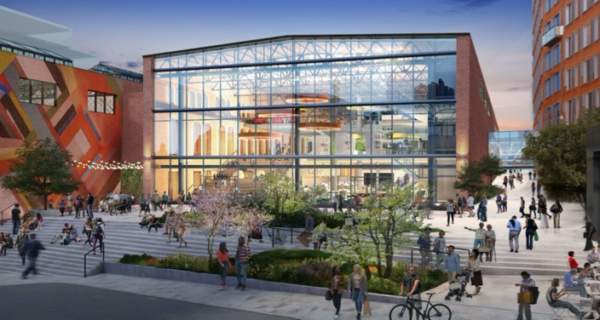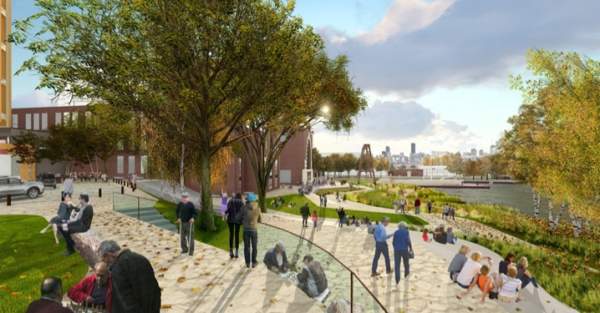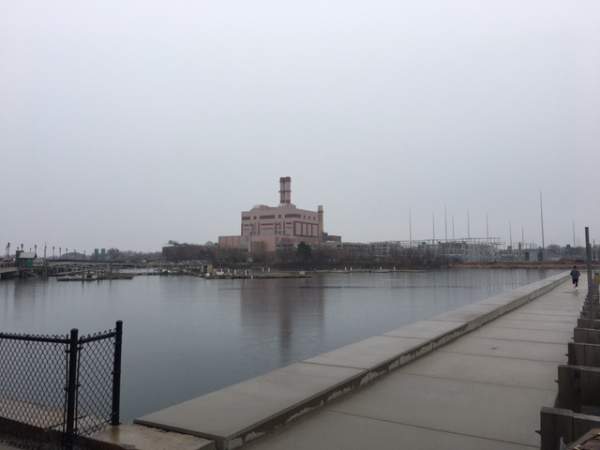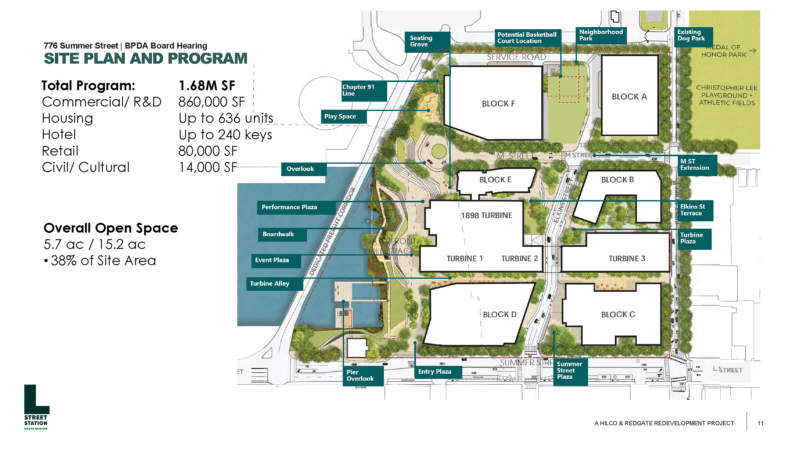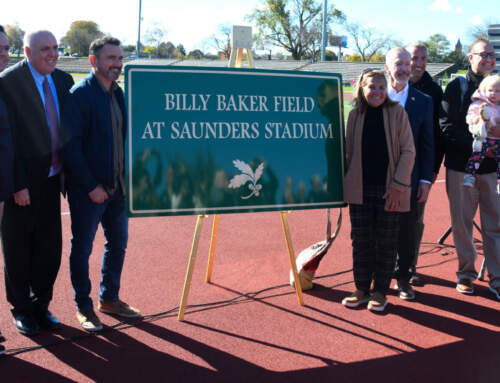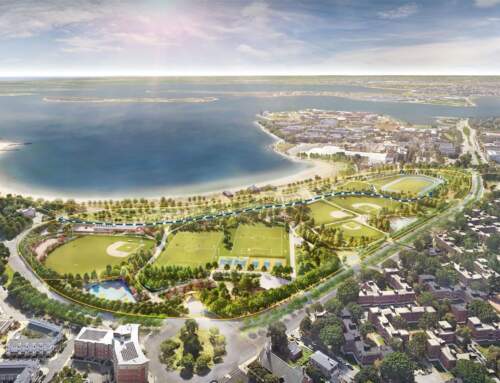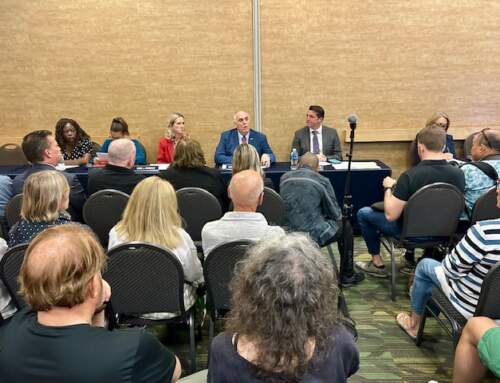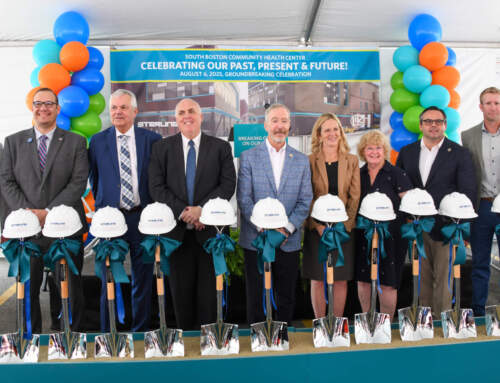The Boston Planning and Development Agency (the BPDA) granted approval for a mixed-use redevelopment of the original Edison Power Plant site. Everyone now residing in South Boston is familiar with the power plant’s massive structure and stacks, which tower over the intersection of L/Summer and First Streets and are painted in shades of brown and pink. The site’s first groundbreaking took place 122 years ago in 1898. After a century of supplying electric power (coal-fired for decades), including occasional peak load shaving most recently, the Edison complex was mothballed 15 years ago, is still inaccessible to the public, and will need some environmental remediation.
The approved redevelopment project is formally called “L Street Station”; it’s specifically located at the address “776 Summer Street”, and extends from the corner of Summer and First to the truck access road into and out of Conley Terminal. The real estate development partnership behind this project consists of Hilco Redevelopment Partners and Redgate Capital Partners. Redgate’s lengthy project track record includes many successful multifamily and mixed-use projects in Greater Boston. Hilco is particularly noted for transforming sites at the end of their useful life into striking community developments that are both economically and environmentally strong. This team has strategically partnered with each other to turn the Edison site into a unique development.
L Street Station will be a mixed-use project totaling 1.7 million square feet. Half that area will be devoted to commercial uses and/or research and development. That’s a good fit with demand in South Boston and all around Boston and Vicinity, especially for lab space and life sciences facilities. Housing has been reduced to approximately one-third of the total project because of feedback from nearby residents. The rest of the area will become a mix of hotel space/retail shops/cultural/civic uses. Certain public approvals altering deed restrictions along the Reserved Channel remain to be granted.
Some good news for South Boston will be the community benefits that are part of the package the BPDA approved. There are many of these benefits, and altogether they deserve a separate article, but for now here’s a condensed list: About $10 million for MBTA service to City Point and traffic mitigation investments as the project progresses, new jobs (2,500 during construction; 1,500 permanent), funding for five key workforce development internships and college scholarships, large grants for upgrading M Street Park and Christopher Lee playground along with a nearby basketball/tennis court as well, small business support, some free public parking, affordable housing, and public parks covering six acres (240,000 square feet) of open green space. This last item will open the site to the South Boston community for the first time in more than a century. The six acres of open, green space amounts to 38% of the total area, a full three-eighths of the 15-acre site to be developed.
On Friday, South Boston Online was granted an informative interview with two Hilco executives – Melissa Schrock, Senior Vice President (SVP) of Mixed-Use Development with Hilco Redevelopment Partners, and Gary Epstein, Executive Vice President and Chief Marketing Officer (EVP/CMO) for Hilco Global. The timetable for L Street Station will begin late this year with clearing the site, will extend over a decade or so, and will likely be completed near Boston’s 400th Anniversary year of 2030 (John Winthrop established Boston, his “City on a Hill”, in 1630). The exact pace of the whole project will be market-driven, according to EVP/CMO Gary Epstein. SVP Melissa Schrock mentioned that the total project will eventually require an investment of somewhere around a billion dollars ($1,000,000,000).
SVP Schrock then described Hilco’s uniquely specialized approach to projects such as L Street Station. It certainly is not “demolition”; she called it “deconstruction”. Hilco clears a site delicately, using a careful touch to preserve what’s there. Schrock is an architect herself, and talked enthusiastically about plans for L Street Station using words like “authentic” and “incredible potential” to emphasize how the old Edison site appears to her. Her description spoke of “celebrating” the old site’s life, and “transforming” it into an “Integrated” part of the South Boston community.
We’ll end with a quick thank-you to Ryan Ferguson of InkHouse (Waltham) for making the arrangements needed to generate this article.
(A NOTE TO OUR READERS: As the L Street Station project proceeds, pay special attention to how one of the four turbine halls will be carefully “deconstructed”, “remediated”, and given renewed useful life as a large, open farmer’s market.)
